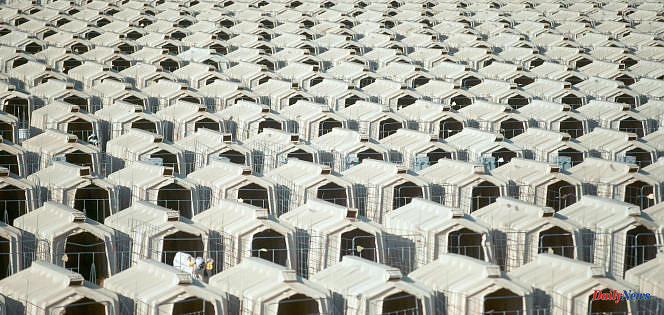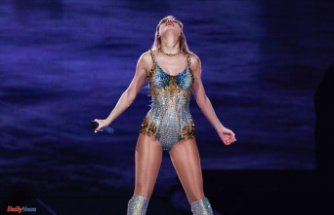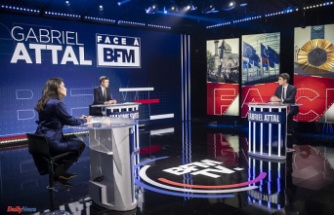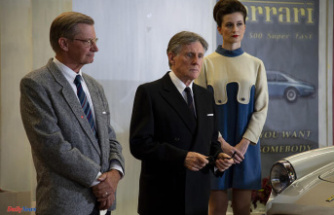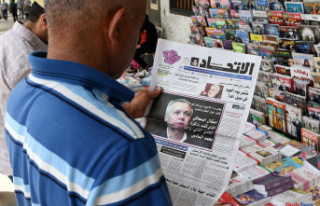Do not look away, while our brain prompts us to do so. At the sight of images of animal abuse in factory farms, our gray matter triggers a mechanism of denial, which allows us to assume what is called the "meat paradox". To know that, if we like animals (cat, dog…), we also like to eat them (calf, cow, pig, chicken). In France, nearly a billion animals are killed each year.
Romain Espinosa, a researcher in experimental economics, explains this cognitive dissonance very well in The Animal Factory, which traces the rise of the commodification of animals. And its excesses: assimilated no longer to a living being but to a product, it is genetically modified, force-fed, locked up, beaten, tortured... without qualms. And 80% of animals on the planet spend their lives locked up in factories.
The viewer must, at this stage, be reassured. “We will not show you everything, specifies Florence Loiret-Caille in the commentary, nor the most unbearable images, nor the mutilations. “Promise kept… until the end credits. The subject here is not to make those who eat meat feel guilty, but to encourage them to consume it differently. To achieve this, the film plays on three levers.
First the reports in industrial farms. Among them, that of Jay Hall, an American breeder, who applies the division of labor to breeding and "makes" only calves, but in quantity: 9,000 calves (on the day of filming) each penned in a plastic hutch fenced, and lined up in tight rows on a vast earthen ground. In front of this unreal field of white niches, Jay Hall does not doubt, proud, to "feed the population". This detour through the United States is the occasion for an instructive sequence on the origin of the mass slaughter of cattle in Chicago at the end of the 19th century.
Role of four multinationals
Then the testimonies of "repentants", including Stéphanie and Olivier Prouteau, a couple of Vendée breeders, who, in snippets, tell how they abandoned their intensive breeding of three hundred to four hundred pigs for a traditional breeding of thirty cows in a postcard frame. Pressure from banks, mutilation of animals, stress, birth of their two sons... "Why didn't we react before? asks Olivier again.
The least known for the end: the revelations on the preponderant role of four multinationals which alone control 80% of the meat sold in the world: the Brazilian JBS and the American Tyson, Cargill and Smithfield Foods - the latter acquired by the Chinese WH Group in 2013. Each of them is more powerful than Coca-Cola.
The survey of farmers and specialists – including Léopoldine Charbonneaux, director for France of the NGO Compassion in World Farming (CIWF), and Brigitte Gothière, director of the L214 association – shows how these multinationals control the entire chain. of production. And incidentally how KFC advertisements do everything to make the consumer feel guilty by featuring chickens "happy" to go get killed.
Between nuggets from factory farms and meat sold from the producer to the consumer on the site of the Grand Bois farm, the consumer has a choice. “You are the judge,” Romain Espinosa reminds his students.

